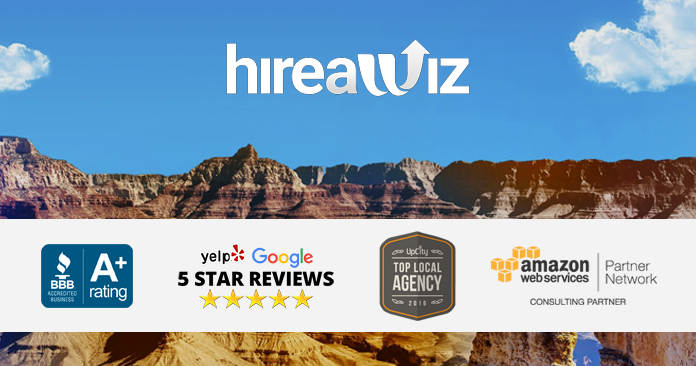The internet (and as a result, the entire world) is all about speed. People expect their orders to be fulfilled quickly, they expect cross-country shipments to happen overnight, they expect to be fully updated on the latest world news as it is happening and they expect every website that they visit to be fast. If yours isn’t, they are much more likely to browse the internet for something else (a fast world has shortened people’s attention spans) or worse, leave your site for a competitors. In other words, in order to compete in a faster than light world, you need to have your Phoenix web design company make your website as fast as possible. Otherwise all of those hours laboring over your Phoenix SEO campaign were all for naught. What is the difference between a fast website and a slow one? Before you can have a website that is as fast as you need it to be, you should understand what defines a website as being fast. This will prevent you from being too lax or too harsh with your Phoenix web design company when you are pushing them to make your website faster. Split seconds matter The human eye is fast, so fast, in fact, that once it becomes adapted to something moving at a certain speed, it can detect speed differences that have to be measured in milliseconds. This means that the difference between your website being a fast and a slow one—and more importantly, the difference between a closed sale and cart abandonment—could be less than a second. This fact affects all businesses, no matter how large or small. Here are a few examples:
- AOL recently noted that the average number of page views nearly triples (160 percent increase) for those who were in experienced top 10 percent of fastest load times.
- Amazon recently reported that a one tenth of a second increase in load times could reduce their revenue by three quarters of a billion dollars annually.
- In a case study, Bing slowed their load times by one and a half seconds. As a result, user satisfaction, revenue per user and click volume all dropped by an average of 4 percent. If the search engine giant had kept this up, you can expect that they would have seen losses similar to what Amazon calculated.
- During a major website overhaul, Shopzilla reduced their page load times by up to 5 seconds. As a result, they increased their page views by 25 percent and their conversion rates by up to 12 percent.
